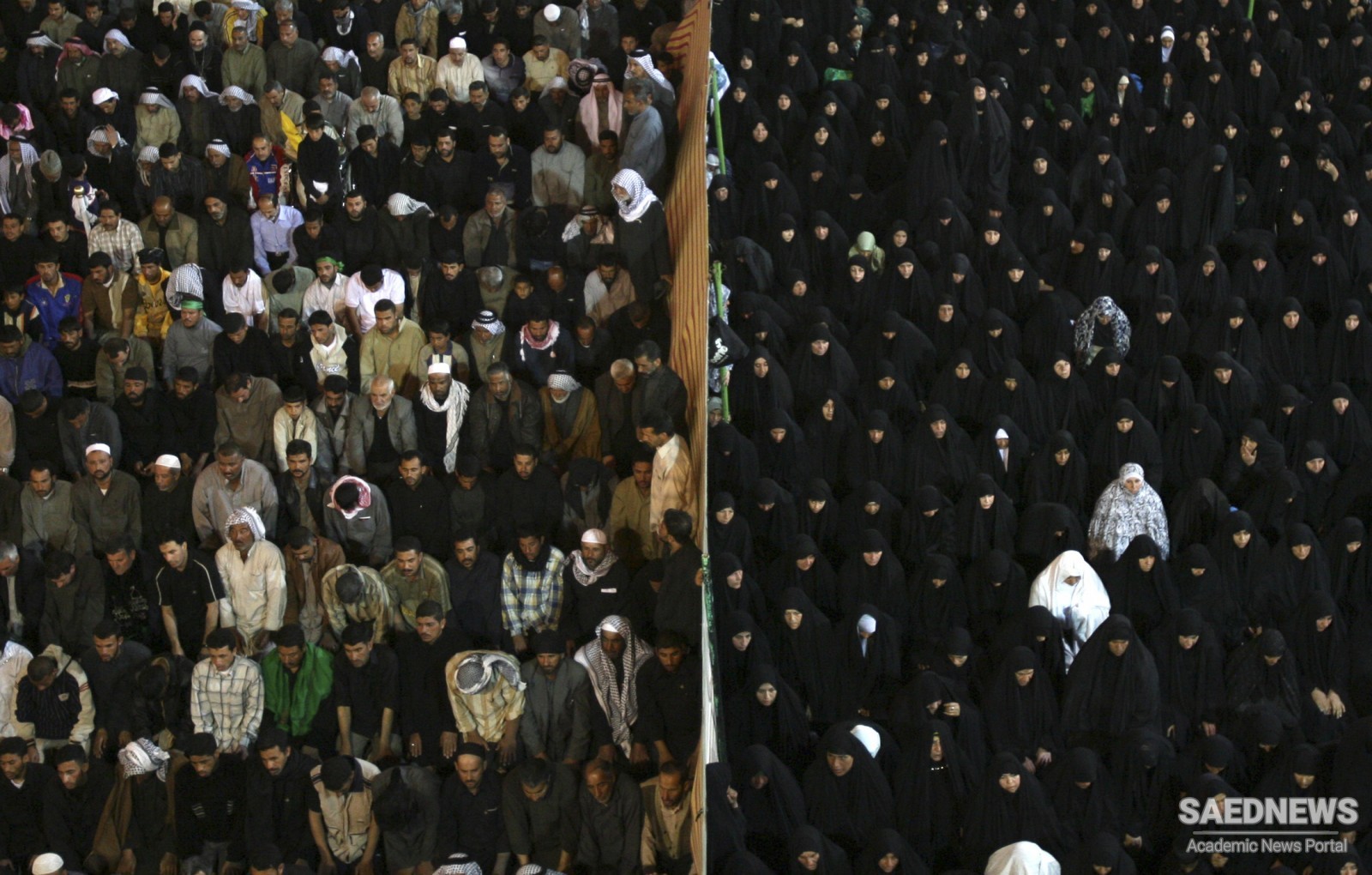Even in what Westerners would regard as secular matt ers outside religious concern, the Middle East remains a powerful, though dwindling, force in other parts of the Muslim world. Of the three major languages spoken by Middle Eastern Muslims, Arabic and Persian are the scriptural and classical languages of Islamic civilization, with an importance comparable to that once enjoyed by Latin and Greek in Christendom. Turkish could not be described as either scriptural or classical, but was the dominant political language of the Islamic world for many centuries. Languages of the Turkic family are still spoken in various parts of the Islamic world and notably in the Muslim territories of the former Soviet Union.
Th e modern age has added a new component to Middle Eastern centrality—namely oil. A signifi cant portion of the oil resources of the entire world are located in the Middle East and some immediately adjoining areas in Central Asia and Africa. Th e discovery and exploitation of this resource is entirely a European and American achievement, but in our own day, it has given new importance to the region and new and immense power to the governments that rule it and control those resources. In time, oil will either be exhausted or superseded as a source of energy; but in the meantime, it brings wealth, infl uence, and power to a diversity of Middle Eastern rulers and factions.
Mention should also be made of the strategic importance of the region, situated at the intersection of Asia, Africa, and Europe, with territorial bases in all three. In signifi cant other respects, however, this region is ceasing to be the heartland and center of the Islamic world. Middle Eastern Muslims, by their very success in spreading and promoting their religion, have brought about a situation in which they have become a minority in the larger Islamic world which they did so much to create.
Since early times, the Islamic faith, and with it the Islamic culture, have spread in all directions at various times and in various ways—by conquest, by commerce, by conversion, and at some times and in some places, including our time, by migration. Th e advance of Islam into Central Asia began with the first Arab conquerors and was continued by their successors, notably the Muslim Turks. Th e same is true of India, where a succession of Islamic invasions and conquests culminated in the creation of the Islamic empire of the Moguls, ruling the greater part of the Indian subcontinent from the 16th to the 18th centuries. Central and South Asia remained politically part of the Islamic world, until Islamic rule was replaced by European rule—the Russians in Central Asia and the British in India.


 The Usefulness of Tradition in Islamic Religion
The Usefulness of Tradition in Islamic Religion














































